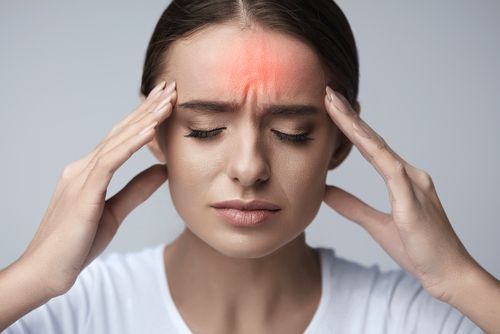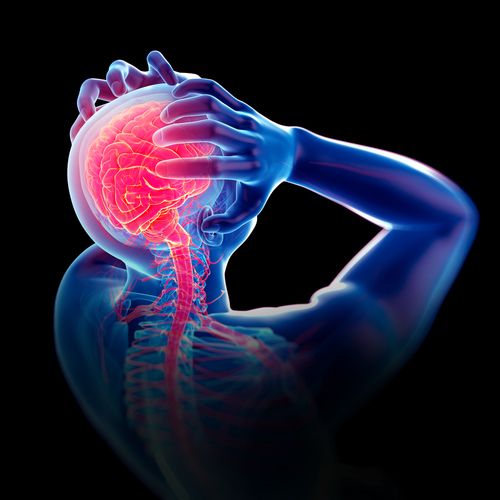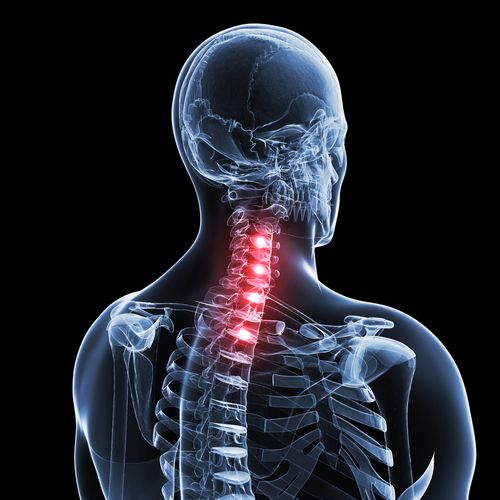Conditions: Arthritis

As people age, it is a common often belief that the pain and discomfort associated with our joints is a normal occurrence that we are forced to live with. While our joints can experience levels of degradation as we age, the pain and reduced mobility that is often associated with arthritis don’t have to be something that we suffer through. Instead, let's review some of the facts about chiropractic care and how it can be beneficial in treating the pain associated with arthritis.
Chiropractic Care And Your Joints
Many people believe that chiropractors don't do any work beyond that focused on the spine. And while It is true that the majority of work that chiropractors do surrounds issues associated with the spine, if you think this is the only work that chiropractors do, you are likely to miss a lot of the additional benefits of chiropractic care.
In addition to spinal work, chiropractors also specialize in issues that surround our joints. Since the vertebrae that make up our spinal column contain joints between each individual vertebrae, it becomes more apparent how chiropractors are able to help with your arthritis when you think of them as joint specialists.
The Effects Of Arthritis
Arthritis typically occurs when something irritates the joints, which can be a deterioration of the joint itself. As joints deteriorate, they may become irritated more frequently by multiple factors such as increased movement, regular movement, or changes in temperature which can cause inflammation and pain.
This chronic pain and inflammation are what we refer to as arthritis. Many patients take prescription or over-the-counter medications to manage the effects of arthritis, but medications will only treat the symptoms and don’t get to the root cause of your discomfort.
Chiropractors And Arthritis
During your first visit, your chiropractor will conduct an initial exam. In this exam, they will review your medical and family histories as well as conduct a physical exam. It is during this initial visit that they usually issue a diagnosis and design a treatment plan that is best suited for you.
Typically, patients who are experiencing issues related to arthritis can expect their chiropractor to suggest gentle manipulation of those joints over the course of several weeks. You should start to notice the benefits of your treatment plan between two and six weeks.
Chiropractic care has been shown to be effective in treating the issues and symptoms associated with arthritis. So much so that patients may not require the use of potentially addicting medications in order to manage pain during their treatment.
When To Avoid Alignment
If you are experiencing active swelling in your joints, it may be a bad time to have a chiropractor adjust the joint. If you are unsure if you are a good candidate, you should visit your chiropractor to get their advice.
However, even if you cannot receive a physical adjustment due to swelling, it is likely that your chiropractor will be able to suggest and conduct other therapies to grant you some relief. Some of these therapies that can be performed in their office include:
- Ultrasound – While ultrasounds are typically thought of as an imaging tool, they can also produce gentle massage to the offending joints. This massage can decrease swelling, stiffness, and pain in the joint.
- Electrotherapy – These gentle electric pulses are designed to stimulate nerves and muscles near the painful joint to reduce pain and swelling.
- Infrared sauna – These rooms are specifically designed and heated to a temperature that provides adequate therapy for relaxing the joints. The warming of the joints allows for a reduction in swelling.
Overview
If you have been diagnosed with or think that you might have arthritis, you should schedule an appointment with a chiropractor today. They will help design a treatment plan that is specifically tailored to your needs. Chiropractors are a beneficial, but often overlooked option for the treatment of your arthritis discomfort.











